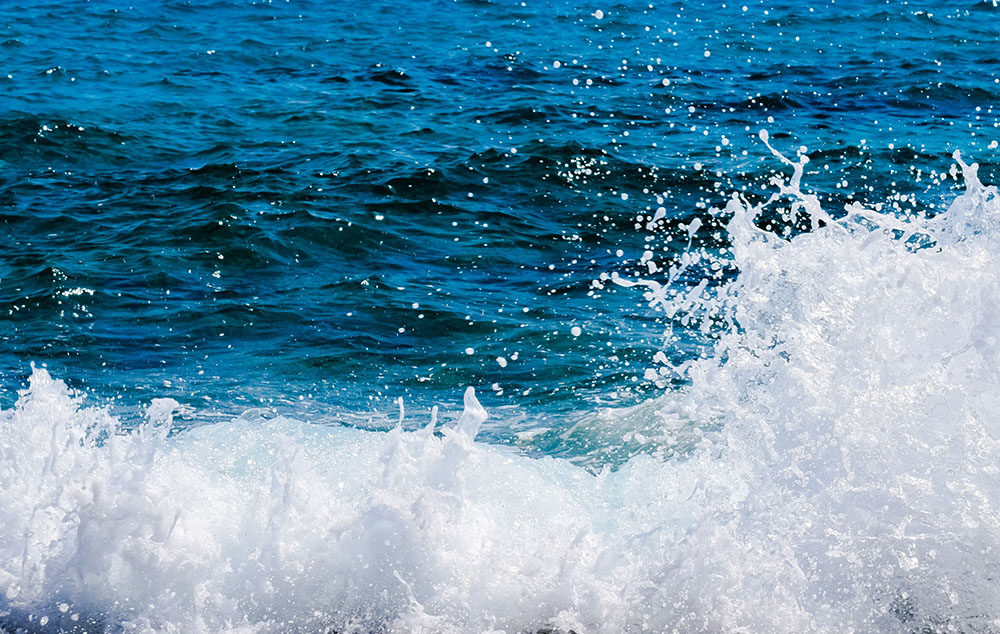Somewhere under the sea
The real threat of access to our undersea cables

Following on from my recent blog about the first Victorian Transatlantic telecommunications cables our MD brought two articles to my attention which struck a chord with me. The first article discusses the potential threat Russian submarines pose to our undersea cables and the second shows that this is not a new idea, the British pioneered these cable cutting tactics in the First World War taking out enemy undersea cables to disable international telegraph links giving the allies a strategic advantage.
We are living in very uncertain times. In May this year The Bulletin of the atomic Scientists Doomsday Clock – a scientific indication of the threat to the health and safety of our planet – was advanced 30 seconds to two and half minutes to midnight. The Doomsday Clock takes many factors into consideration including the threat of nuclear conflict, global warming, slow uptake in carbon-free energy, political unrest and many other existential threats to humanity based on years of research. They even consider the potential for autonomous machines of the future being given the responsible to make a decision to take one human life over another.
The Doomsday Clock is not without its critics, but there isn’t a week goes by without one or more threats with a potential global implication. Whether it is North Korea continuing firing test missiles, the US threatening to retaliate at any time, terrorism, world food shortages, earthquakes, erupting volcanoes – who knows where the next threat is coming from. One thing is for certain, our ability to respond effectively to any disaster depends upon our critical communications infrastructure, so loss of our international communications links is a potential threat to humanity.
In the event of a conflict, however, having the cables cut may be the least of our worries. Our own communications infrastructure could be used against us to the point where we may want to consider cutting our own undersea cables. In September 2015, I wrote a blog about router and switch vulnerabilities creating a back door for hostile actors. But what if a hostile country could gain access to our critical communications paths and extract data without being detected? What if they could intercept and change that data?
Many consider optical fibre cables as being relatively secure but how can we be sure when they are hundreds, maybe thousands of miles offshore and several thousand feet under the sea? If a hostile country can get access to our undersea cables they may be able to intercept them. They may already have the technology to intercept the optical fibres for a ‘man in the middle’ attack.
Several years ago, scientists proved that it is possible to pass data across an optical fibre link undetected and without affecting the existing data. If hostile countries have the ability to intercept our undersea cables undetected and pass invisible data through them, what is to stop them creating back doors in equipment and using our own critical national infrastructure optical links to pass sensitive information invisibly to be intercepted on the undersea cable?
It has been said that the next World War will be won in cyberspace. Once an enemy is able to change the data they are in a position of control. Once they have access they could take control of a wide range of technology that could disable a region or even a whole country including power stations, manufacturing plants, central and local government, hospitals and maybe even weapons and defence systems.
An attacker would not necessarily need to gain direct access to take out a service. In my ‘Just how safe is the Internet of Things’ blog in March 2016, we can see how insecure IoT devices could be used to launch a distributed attack to overload the power infrastructure. The enemy no longer has to send in squadrons of bombers to disable elements of our critical national infrastructure when they can achieve the same results from their desk.
Food for thought?
Links…
BBC News: Russia a ‘risk’ to undersea cables, defence chief warns
BBC News: How Britain pioneered cable-cutting in World War One
BBC: World War One at home
SYNful Knock – a serious threat to network security
Just How Safe is the Internet of Things?
Now that’s what I call bandwidth!


